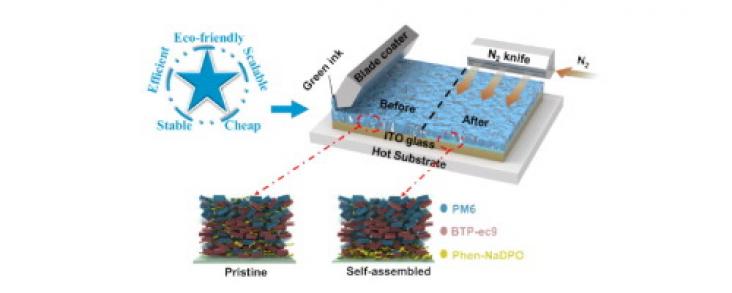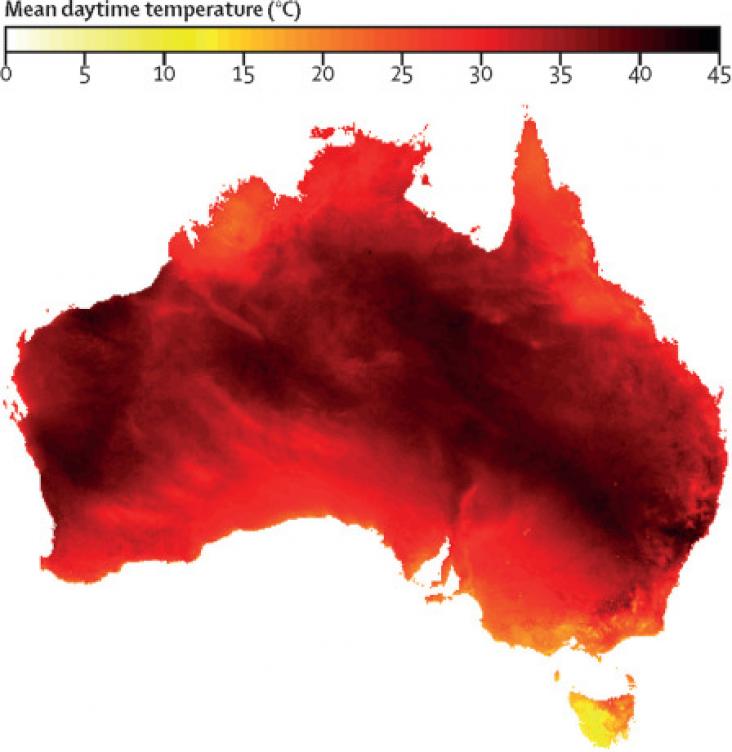Reflects upon emergent challenges and opportunities of developing Positive Energy Districts (PEDs) in Europe. Combines attention to rapid implementation, context-specificity and replicability. Identifies three key themes to enable conditions for upscaling PEDs across contexts. The key themes are: framework conditions, prefiguration and emerging impact of PEDs. Combines expertise of PED-EU-NET core group, spanning PED initiatives across Europe.

This article supports SDGs 5, 7 and 10 by integrating the principles of equality, diversity, and inclusivity (EDI) into all aspects to correct historical and structural inequalities, and establishing an inclusive culture to achieve the justice urgently needed for the global transition to net zero. the progress can be made in the fields of energy and artificial intelligence.
This book chapter advances SDGs 13, 7, and 11 by explaining how to promote the transition toward future cities models based on efficient resource consumption and effective implementation of neutral circular economy urban strategies.
This book chapter advances SDGs 13, 7, and 11 by presenting a set of parameters, operational strategies, and guidelines for a Net-Zero Energy City.

The ultimate goal of organic solar cells (OSCs) is to deliver cheap, stable, efficient, scalable, and eco-friendly solar-to-power products contributing to the global carbon neutral effort. This work demonstrates great potential to close the lab-to-fab gap of OSCs.
Elsevier,
Miguel Amado, Francesca Poggi, Chapter 1 - Cities Evolution, Editor(s): Miguel Amado, Francesca Poggi, Sustainable Energy Transition for Cities, Elsevier, 2022, Pages 1-17, ISBN 9780128242773, https://doi.org/10.1016/B978-0-12-824277-3.00002-5.
This chapter advances UN SDG goals 11, 13, and 7 by discussing the Smart City potential for contributing to the reduction of external dependence on fossil fuels and the promotion of renewable energy sources and the mitigation of environmental impacts and effects of climate change.
Climate policy targets.

Background: Increasing air conditioner use for cooling indoor spaces has the potential to be a primary driver of global greenhouse gas emissions.
The impact of climate change and increasing demand for energy requires the development of more sustainable energy technologies. Hence, thermal energy storage (TES) methods can contribute to more appropriate thermal energy production-consumption through bridging the heat demand-supply gap. In addition, TES is capable of taking over all elements of the energy nexus including mechanical, electricity, fuel, and light modules by means of decreasing heat losses, waste recovery, and energy-saving approaches to improving the system's performance.
An all-around solution addressing the water-energy-food nexus for remote rural areas.
